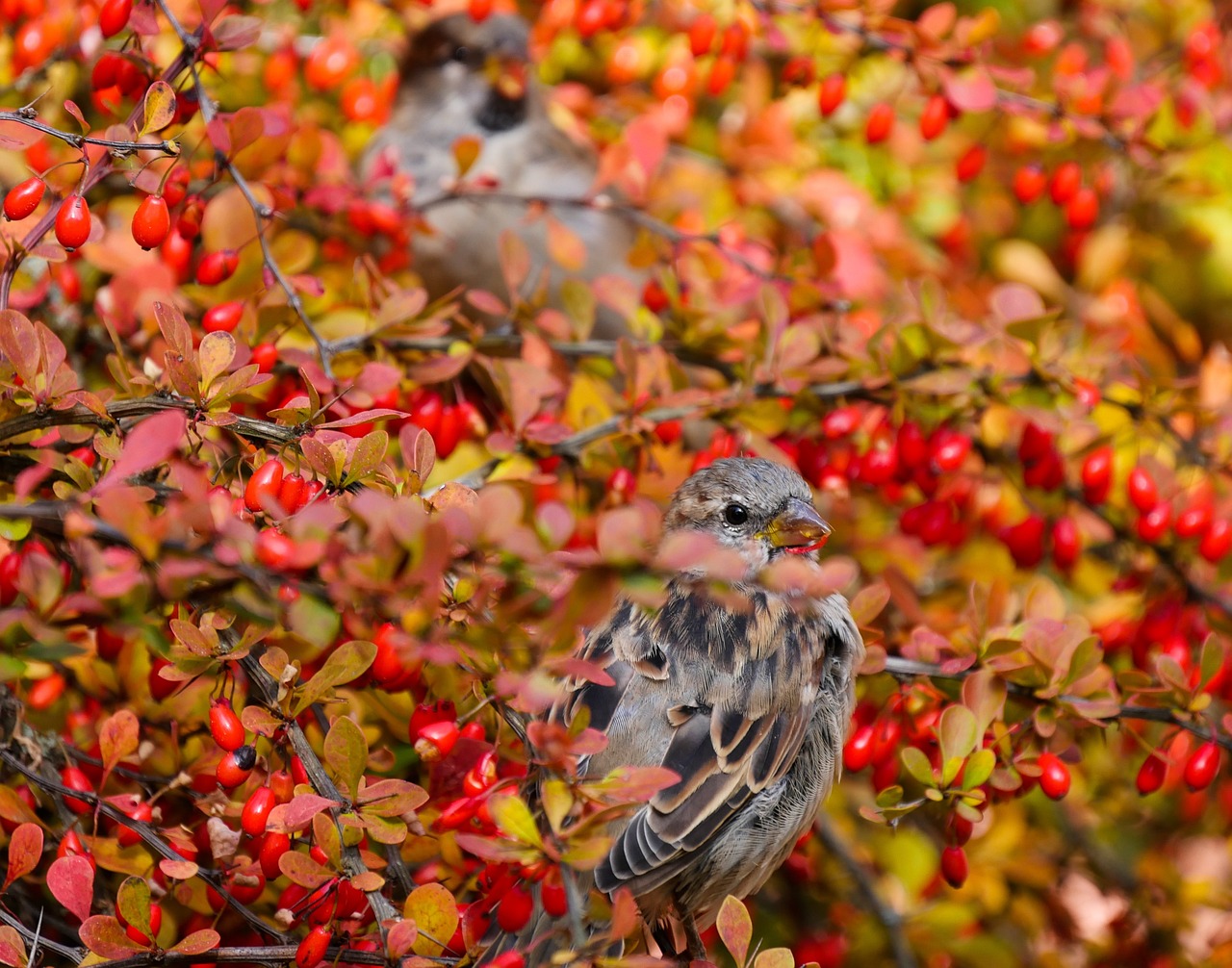Birds’ needs change with the season. Everything from what they eat to where they go changes come fall. So whether we simply want to attract more birds to our feeders, or support our local wild birds (or a mix of both), here are a few ways to help them this autumn.
#1: Put Out the Right Food
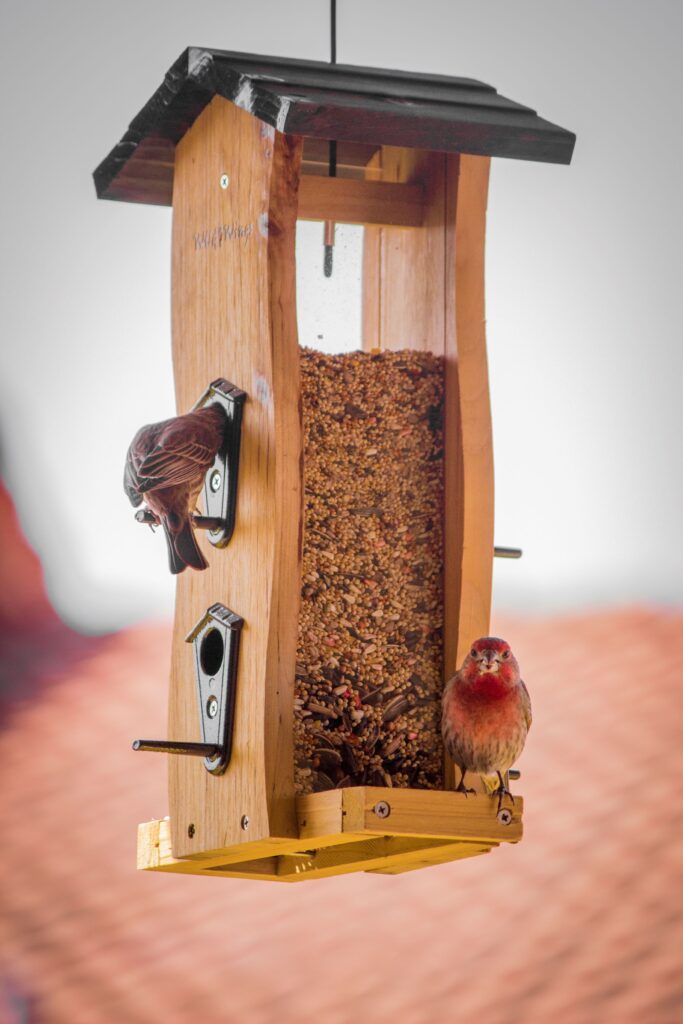
Much like we’re more likely to choose a hearty soup over a salad as the weather gets colder, birds look for more nutrient-dense foods to fuel them at this time of year. But unlike us humans, who are probably just fueling up for the next family gathering, birds need the nutrients, fat, and protein to get geared up for their fall migration, which can start in June and last until January. To prepare, migrating birds overeat to gain weight, a behavior known as “hyperphagia.” But as temperatures plummet and natural food sources (like insects and berries) become more scarce, birds look to supplemental food sources (like your bird feeder) for sustenance. A migrating bird needs so much fuel that they often double their weight in preparation!
MYTH: Feeding the birds in fall will stop them from migrating. FALSE! Find out more in our blog post The Biggest Bird Feeding Myths, Debunked!
Migrating birds, like our local Hooded Orioles, Cooper’s Hawks, and Purple Martins, are part of that migration, and are looking for high-quality bird seed mixes (especially those with black-oil sunflower seeds) to ready them for the long flight. And even non-migrating birds—like woodpeckers, jays, and nuthatches—need these morsels as the blustery weather comes on. Instead of using it for migration fuel, they tuck them away (in tree cavities and other secret caches) to store them for a rainy or snowy day.
Here are more Fall Bird Feeding Tips to get you ready for the season!
#2: Don’t Forget Hummingbird and Fruit Feeders
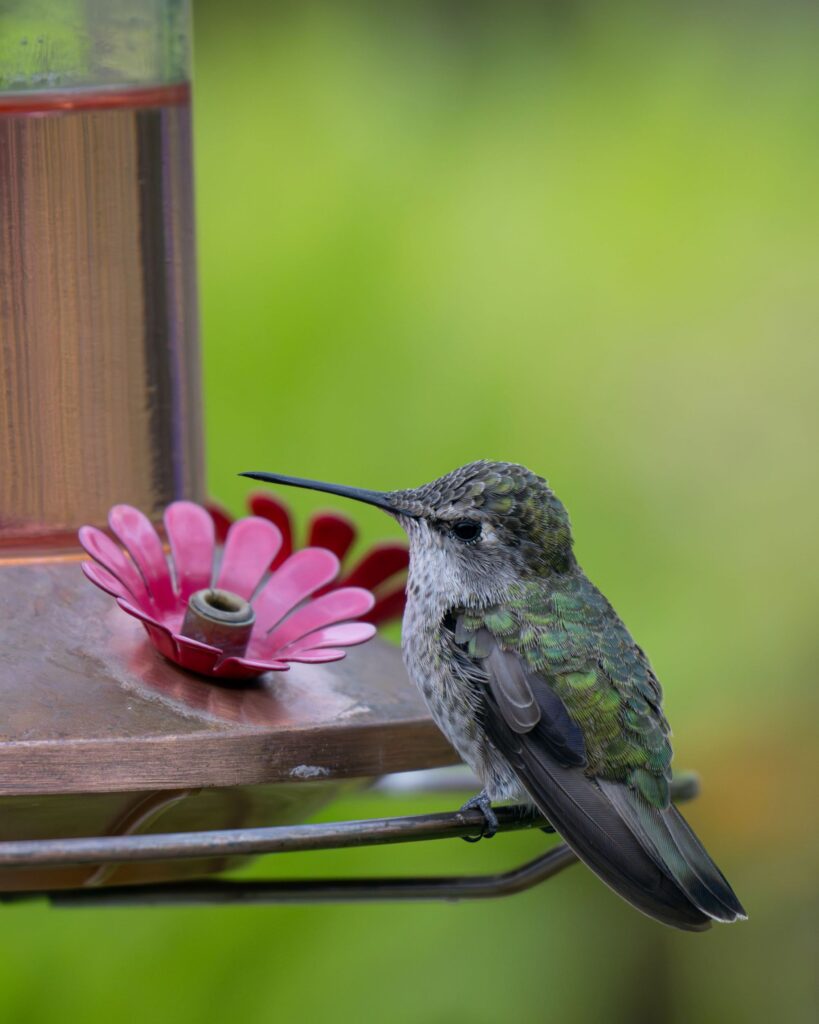
Orioles, hummingbirds, and other fruit and nectar feeders need help in the fall too. Some stragglers are still migrating at this time of year, while others stay and winter where they are. Either way, a slice of orange or a sip of nectar would be much appreciated. Hang one or more hummingbird feeders and be sure to skip the red dye and go for a clear nectar, which is less harmful for these flickering beauties. After all, migrating hummingbirds must increase their body weight by 40% or more—that’s a lot of nectar!
Looking for more info? Read our Ultimate Guide to Hummingbird Feeding.
Want more hummingbirds in your yard? Plan for spring with our post How to Plant a Hummingbird Garden.
#3: Don’t Wait Until Winter
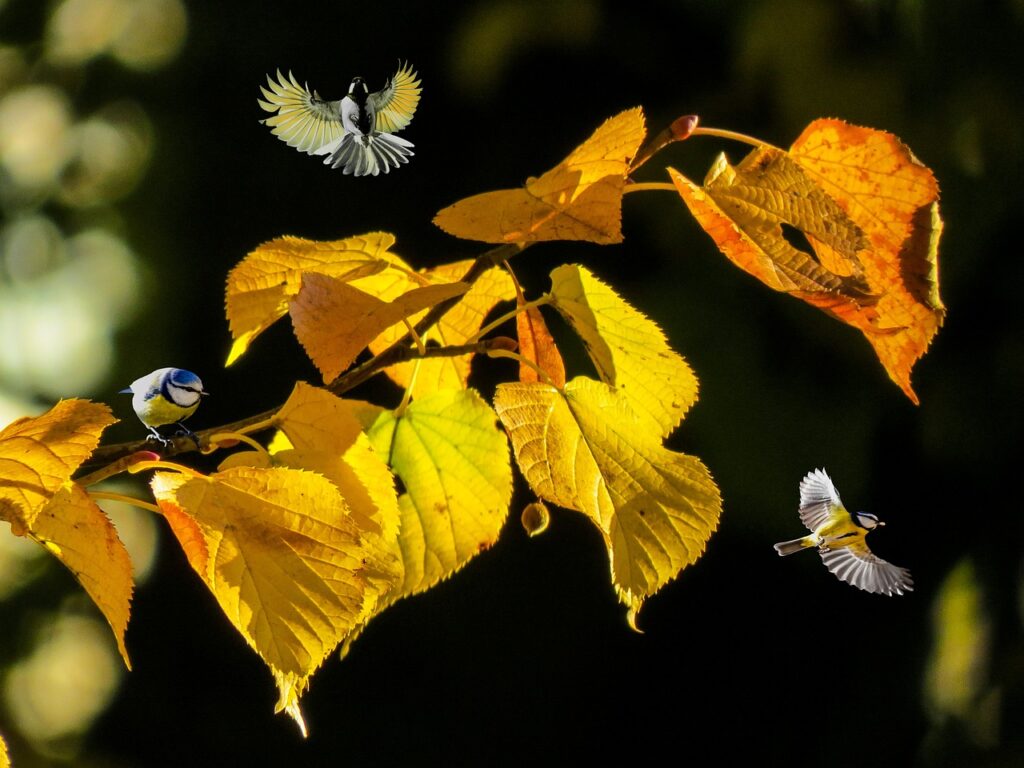
Do you get the sense you’re being watched? Well, the birds are scouting out your yard and garden for resources this time of year. So though your bird feeders may not be as busy as they are in other months, don’t take them down just yet. The birds are taking note of where to find supplies in winter. And if you take down your feeders now—or don’t put them up at all for fall—your yard may be forgotten when the colder months come.
This is why winter wild bird feeding is so important: when berry bushes are under a layer of snow and insects are hard to find, the birds will need another option. Your bird feeders are often their saving grace! Birds that are already exhausted from migrating and braving the cold will need somewhere close by to refuel—and when they call back to mind the places they scouted in fall, your yard will be one of them!
With the snowy season just around the corner, here are More Winter Bird Feeding Tips.
And here’s how (and why) to Be a Bird Friend This Winter.
#4: Get Your Home and Yard Ready

Maybe you’re getting your home ready to host family for the holidays. Why not add a bit of extra work to host your local wild birds as well? No need to get overwhelmed! It’s easy to do, we promise—and some steps even require you do less clean up rather than more.
For example, let’s start with your yard. Did you know that leaving brush piles and leaves in your yard is actually great for the ecosystem? Birds looking for homes and breeding grounds at this time of year will love those natural shelters. Same goes for letting your grass get a little long and foregoing those pesticides and other chemicals for natural alternatives.
Make your house bird friendly by keeping dogs and cats indoors so they don’t harm your backyard birds. Turn off unused lights at night and add decals to your windows to prevent window strikes. And if a bird does make it into your house through an open window or door, learn how to remove them safely and humanely.
Get Ready for the Holidays with Chirp
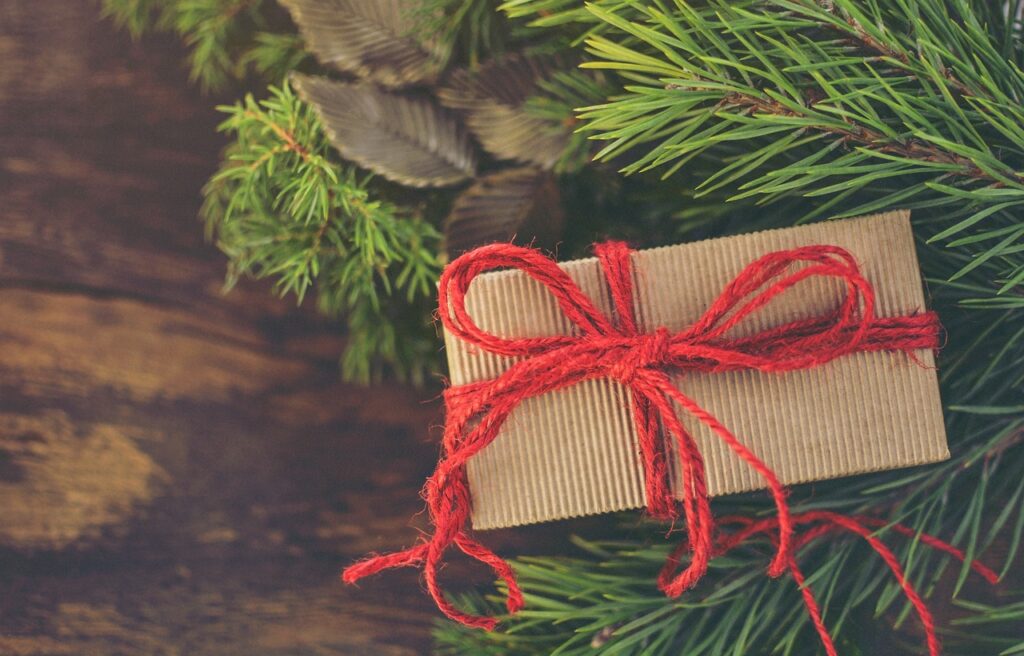
It’ll be December before you know it! Get a jump on holiday shopping at the Chirp store, located in the heart of Big Bear Lake, where there’s something for every age and type of nature lover.
Get a friend started backyard bird feeding with our Beginner Backyard Bird Feeding Kit, which includes our Big Bear bird seed blend, tube feeder, Peterson field guide to birds, suet feeder and cake, and birdbath.
For kids, we have our Toddle into Nature Set (ages 2-4) and Young Birders Gift Set (ages 6-12)—both perfect, age-appropriate ways to get them interested in nature.
Is your loved one an advanced birder? Then some new binoculars might be their jam. Popular with birders for their compactness, crystal-clear optics, and high-level magnification, Nikon Monarch 5 10 x 42 binoculars are at the top of many serious birders’ holiday lists.
BONUS: Want an eco-friendly holiday season? We’ll show you How to Have a Wildlife-Friendly Christmas Tree.

